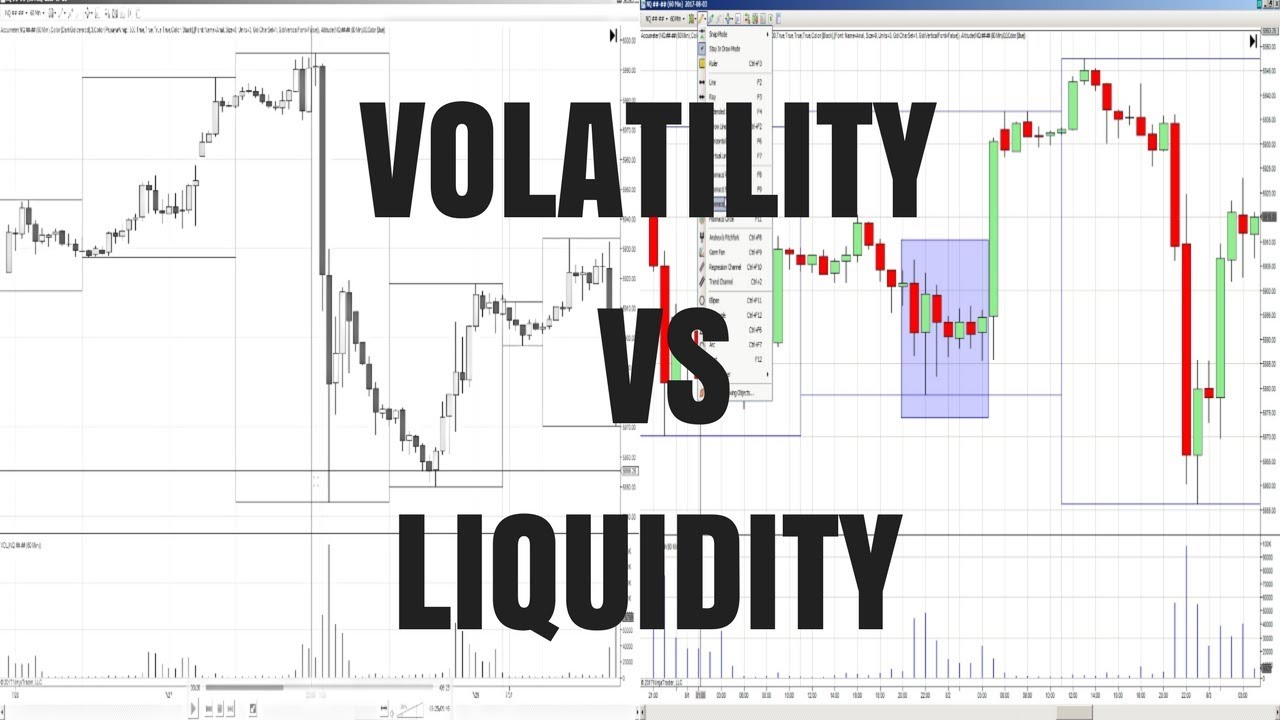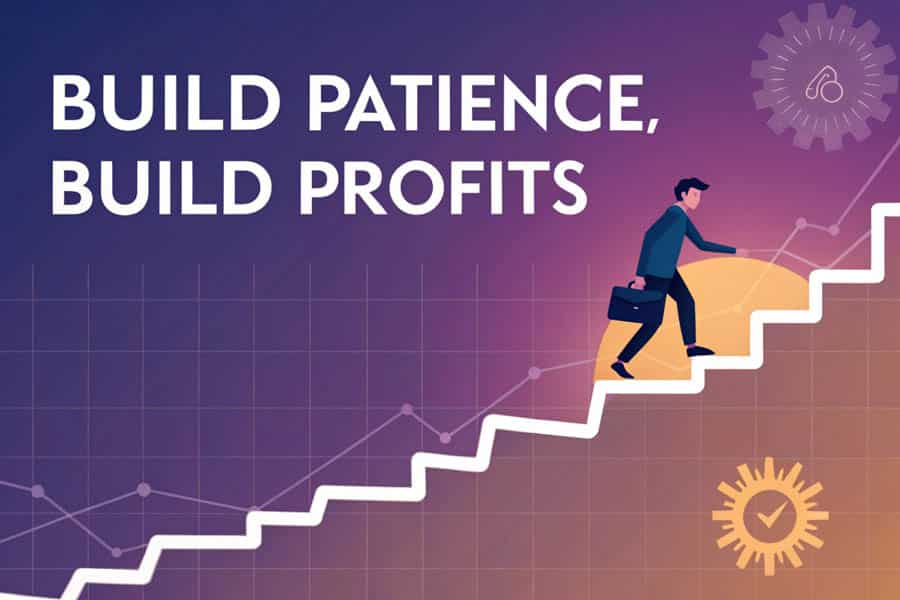How to Stay Calm During Market Drawdowns: A Comprehensive Guide
Market drawdowns—the period when financial markets experience a sharp decline from recent highs—are part of the natural cycle of investing. While drawdowns can feel unsettling, they provide opportunities for investors who are prepared to ride out the volatility. Staying calm during these periods is crucial for making sound decisions and preserving long-term gains. In this article, we’ll explore why market drawdowns happen, how they affect investors emotionally, and strategies to keep your cool and stay focused.
What is a Market Drawdown?
A market drawdown refers to a decline in the value of an asset or an investment portfolio from its peak to its trough, before it eventually recovers. This term is typically used to describe both short-term declines and long-term recessions in the market.
For example, during the 2008 financial crisis, global markets saw a drawdown of over 50% from their peak. More recently, the COVID-19 pandemic caused a market drawdown in early 2020, with significant losses in both traditional and cryptocurrency markets.
Drawdowns can vary in depth, length, and cause. A minor drawdown might only be a few percentage points, while a severe drawdown could result in a prolonged market slump. They can occur due to various factors like economic downturns, geopolitical instability, natural disasters, or investor panic. While they can be daunting, drawdowns are inevitable, and knowing how to manage them is key to long-term investment success.
Why Do Market Drawdowns Happen?
Market drawdowns are part of the natural market cycle, which includes periods of growth, peak, decline, and recovery. Some common reasons why drawdowns occur include:
- Economic Slowdowns: When the economy contracts or experiences a slowdown, businesses make fewer profits, and markets react negatively. This can result in widespread declines in stock prices.
- Geopolitical Instability: Events like wars, trade wars, and political upheaval can create uncertainty in markets, leading to declines in asset prices.
- Rising Interest Rates: Central banks, like the Federal Reserve, increase interest rates to combat inflation. This makes borrowing more expensive, leading to reduced consumer spending and corporate investments, which can trigger a market drop.
- Investor Sentiment: Fear and panic often drive market declines. When investors become anxious about market conditions, they tend to sell off assets, which further drives prices down.
- Profit-Taking: After a period of growth, investors may decide to take profits by selling their assets, which can trigger a drawdown. This is a natural part of the market cycle.
While these reasons might seem negative, drawdowns often provide opportunities for investors who can remain calm and view them as an opportunity to buy undervalued assets.
The Psychological Impact of Market Drawdowns
For many investors, the psychological impact of a market drawdown can be overwhelming. Watching the value of your portfolio decline significantly can induce feelings of fear, anxiety, and stress. These emotions often lead to irrational decision-making, such as panic selling or trying to time the market.
During drawdowns, it’s common to experience:
- Fear of Losing Money: When you see your investments losing value, fear often takes over, leading you to sell before the market rebounds.
- Overreaction: In moments of panic, many investors sell their assets at a loss, locking in their losses rather than waiting for recovery.
- Regret: After the market recovers, investors who sold during the drawdown often experience regret for not holding on.
Recognizing these emotional triggers and not letting them dictate your actions is crucial during market downturns. With the right strategies and mindset, you can stay calm and make rational decisions.
Strategies to Stay Calm During Market Drawdowns
- Have a Clear Investment Plan The key to staying calm during a drawdown is to have a well-thought-out investment strategy in place before the market declines. This plan should include your long-term goals, risk tolerance, and asset allocation. If you understand the reasoning behind your investment decisions, you’ll be less likely to panic when the market dips. Tips for creating a solid investment plan:
- Set clear, realistic goals (e.g., retirement, home purchase, etc.).
- Define your risk tolerance (how much loss you’re willing to tolerate).
- Choose low-cost, diversified investments that align with your goals.
- Reassess your portfolio periodically, but avoid reacting impulsively to short-term market movements.
- Focus on the Long-Term Markets are cyclical, and what goes down often comes up again. If you’re investing with a long-term horizon (e.g., 5, 10, or 20 years), the short-term drawdown may only represent a small blip in the grand scheme of things. Focus on your long-term investment strategy rather than short-term fluctuations. Instead of getting bogged down by daily price movements, remind yourself that market drawdowns are often followed by periods of growth.
- Avoid Checking Your Portfolio Constantly Constantly checking your portfolio during a drawdown can trigger anxiety and irrational decision-making. Instead of focusing on daily fluctuations, try to limit portfolio checks to once a week or once a month. This will help you stay focused on your long-term goals.
- Understand the Difference Between Paper Losses and Real Losses During a drawdown, your portfolio may lose value on paper, but until you sell those assets, the loss is not “real.” By holding through the downturn, you give your investments the chance to recover. In fact, some of the most profitable investors in history have seen their wealth grow by riding out market drawdowns.
- Rebalance Your Portfolio (If Necessary) If a drawdown has caused a shift in your asset allocation (for example, stocks make up a smaller portion of your portfolio than planned), consider rebalancing. Rebalancing involves adjusting your portfolio to maintain the desired mix of assets. Tips for rebalancing during a drawdown:
- Don’t rebalance based solely on fear—use logic and your original asset allocation plan.
- Buy undervalued assets that have been impacted by the drawdown (e.g., stocks with solid fundamentals that are now at a discount).
- Avoid excessive risk—make sure your portfolio remains aligned with your risk tolerance.
- Take Advantage of Dollar-Cost Averaging (DCA) Dollar-cost averaging is a strategy where you invest a fixed amount of money at regular intervals, regardless of market conditions. This strategy can be particularly effective during drawdowns because it allows you to buy more shares at lower prices. Over time, this strategy helps smooth out the impact of volatility, as you’re buying in at various price points rather than trying to time the market.
- Learn from Past Drawdowns History is full of examples of market drawdowns, and each of them was eventually followed by a recovery. Learning from past drawdowns, like the 2008 financial crisis or the COVID-19 crash, can help you maintain perspective and avoid making decisions based on fear or uncertainty. Study how previous drawdowns unfolded and use them as a reminder that markets do recover. This understanding can help you stay grounded during future downturns.
- Stay Educated Continuous learning about market behavior and economic trends will help you make informed decisions. Educated investors are less likely to panic when markets dip because they understand the factors driving volatility. By reading books, following financial news, or speaking with financial advisors, you can stay up-to-date and keep your emotions in check.
Conclusion
Market drawdowns are a natural and inevitable part of investing, but they don’t have to derail your financial goals. By maintaining a clear investment plan, focusing on the long-term, and avoiding emotional decision-making, you can navigate market downturns with confidence. Remember, staying calm during a drawdown is crucial not only for managing emotions but also for making decisions that align with your long-term objectives. With patience, education, and the right mindset, you can weather any market storm and come out ahead in the end.




